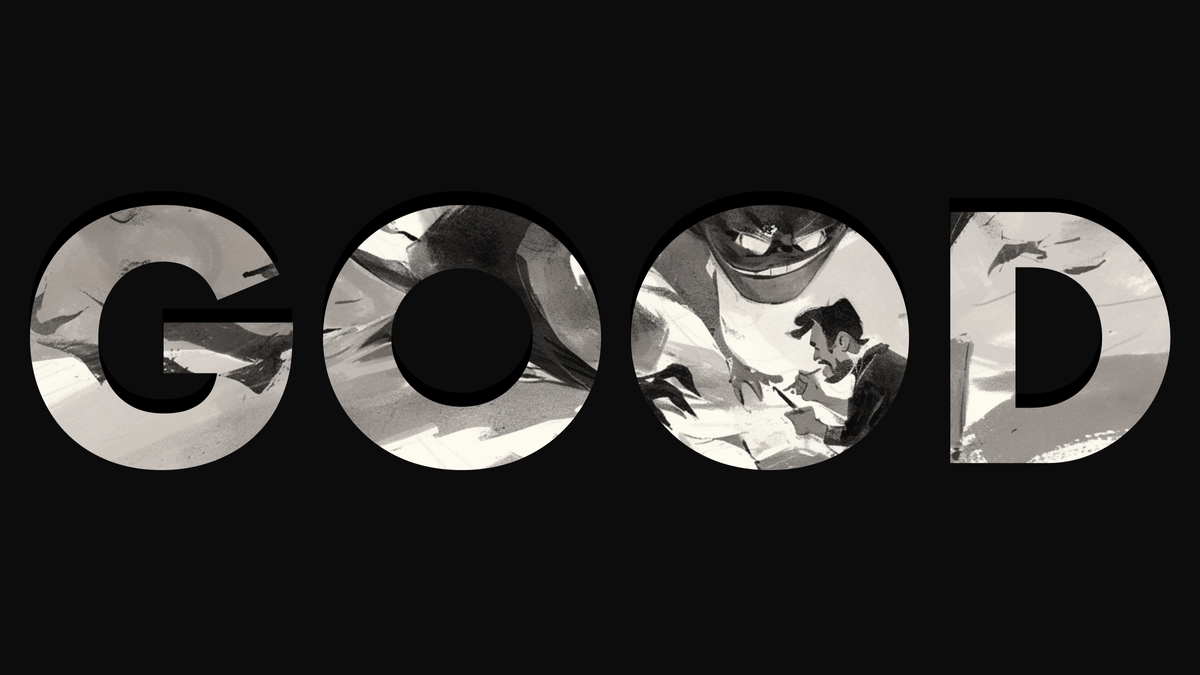Good designer, bad designer

Are you a good designer? How can you tell? We all want to progress, master our craft, and the respect of our peers. We also want to gain the autonomy, financial rewards, and interesting work that comes from mastery.
But design is a subtle and sometimes subjective profession. We often can’t just shrug and point at how many deals we closed last quarter or point at how well our students do on their AP exams.
In fact, the more you progress, the more subtle and elusive advancement becomes. But part of why I’m writing this blog at all is to help you and I gain traction on those subtle and elusive aspects of our profession that separate greatness and mediocrity.
To that end, the first thing we have to do is identify what a good designer actually is. The second is to create simple protocols that allow us to cut through the ambiguity and practice these challenge skills until we nail them.
So let’s get started.
There are three things that define a good designer, beyond the table stakes of excellence in design craft and a tolerable demeanor. The first is the ability to influence others.
Influence
Good designers influence others, incorporate ideas from teammates, get subordinate their ego, subordinate their own ego, and rally the team around a shared vision.
Bad designers are isolated, tortured geniuses who believe their ideas are blindingly brilliant, if only others would listen.
One major failure of influence we've all experienced as designers is getting our designs implemented correctly. It's majorly painful to see our hard work squandered and it's also bad for the company as a whole.
But how do you actually influence? If recall the last political debate you had with your family, you'll know it's not so easy.
Check out my deep dive on influence.
Holism
Good designers consider how individual features intersect with the product as a whole, abstract reusable patterns, and consider workflows rather than just UIs.
Bad designers myopically work on small scale design projects out of sync with the rest of the product, make unsystematic choices that breed inconsistency, and don't see or capitalize upon opportunities for patterning.
Go deeper on designing more systematically.
Impact
Good designers start by understanding customer and business value, seek measurable impact in their work, and actively try to understand how stakeholders are gauging their own success.
Bad designers start by creating UIs, don't help stakeholders see the business/user impact of their design work, and don't actively seek to understand how design fits into the bigger picture of the business.
Beyond the craft
As designers, our baseline value comes from craft. Mastering the craft of design is a deep and non-trivial pursuit. Unfortunately, it's not enough. We have to go beyond the pixels and learn to influence, think systematically, and drive business impact with out work.
Each of those topics is incredibly vast and I'll be diving deep into them this year on this blog. Within the next few weeks I'll release pieces on designing more systematically, ensuring that your design work is having business impact, and telling stories that evangelize your impact throughout the organization.
Join me and let's get better together.